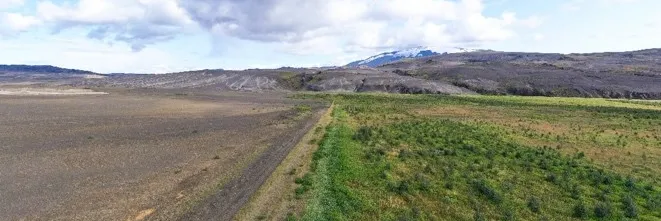
Iceland
Sustainable land management interventions to combat devastating soil erosion, sand and dust storms in Iceland
Revegetation measures with lyme grass, birch trees and lupine, combined with grazing management in Iceland’s volcanic highlands and coastal communities mitigates soil losses and reduces wind erosion.
- Home
- Iceland
Policy Brief
The iIllustrated Policy Brief presents for this case study the main impacts of SLM both on- and offsite with facts, figures and latest insights. It shows key messages, and the implications for practice, policy and research.

SLM Technologies and Approaches
The most promising SLM Technologies and SLM Approaches with a range of benefits both on-site and offsite were documented using the WOCAT SLM Technologies and Approaches Questionnaire and Database
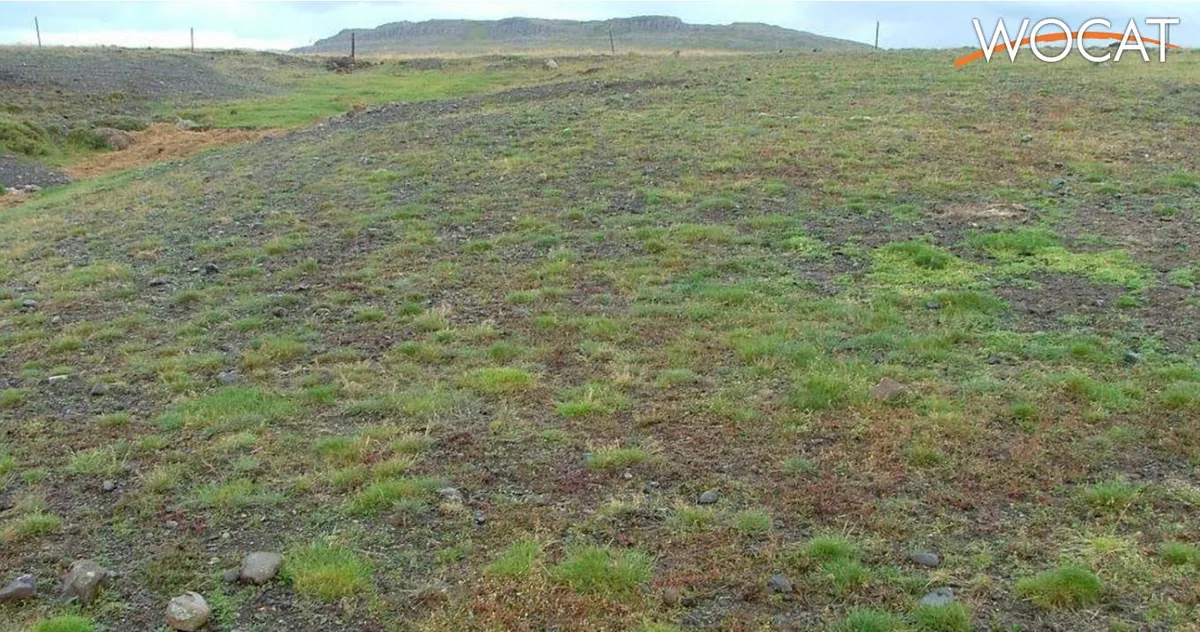
Rangeland restoration - Spreading small portions of inorganic fertilizer and seeds on degraded rangelands
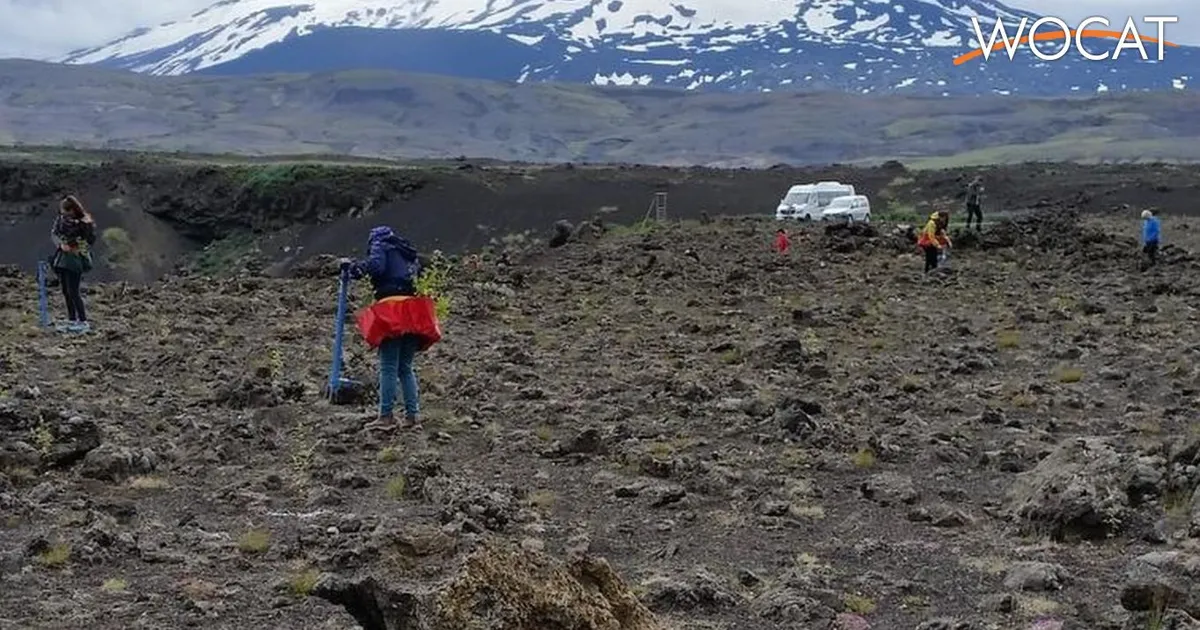
The technology is supposed to increase afforestation with native species within the area by supporting natural seed dispersal
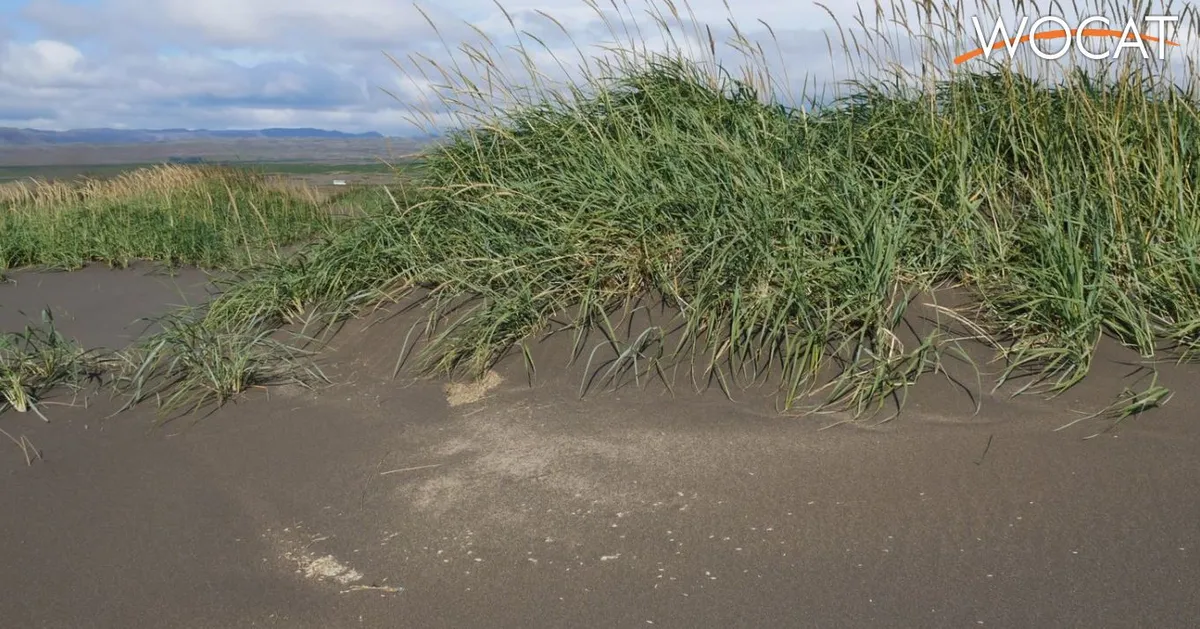
Lyme grass is is sown by machines for revegetation in sandy areas to increase the vegetation cover, to capture and stabilise the moving sand. The extensive root system allows the plant to grow in sandy underground and thus protects the soil from extensive wind erosion.
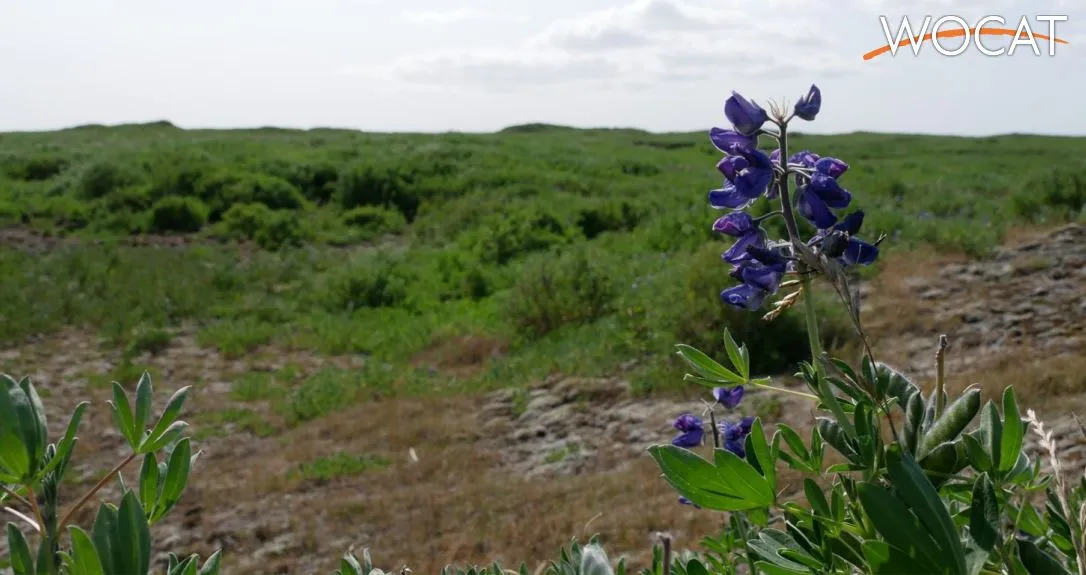
The nootka lupine is sown in sandy and gravelly areas to increase the vegetation cover and fertilize the soil.
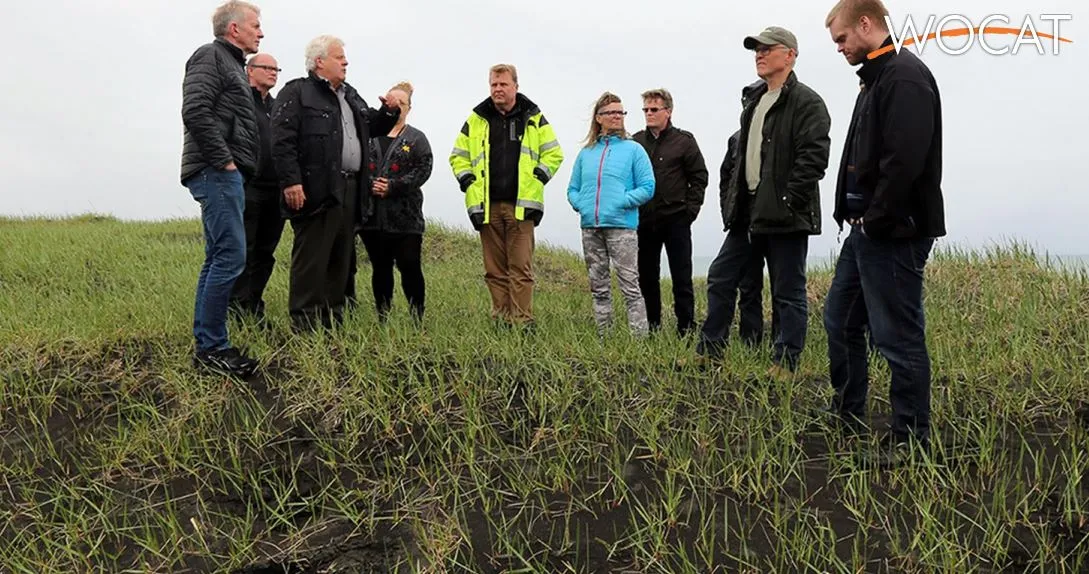
Collaboration between farmers and a governmental institute on rangeland restoration and improved land management
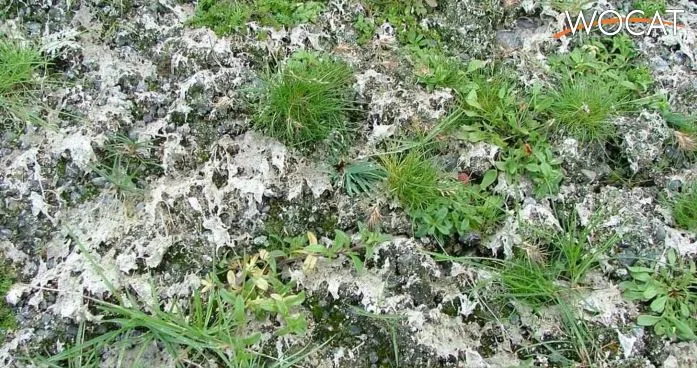
Applying organic residues to denuded areas
Video
Mitigating Sand and Dust Storms with Sustainable Land Management (SLM) in Iceland
Iceland is affected by devastating sand and dust storms, which have impacts on the land (onsite) and far away (offsite) e.g. in a fishing town on the Atlantic coast. The role of Sustainable Land Management and its impact close to the town as well as far away in the volcanic uplands is illustrated, as well as the efforts made by the soil conservation service and individual land users. Impressive landscape images and statements by initiative land users.
Partners
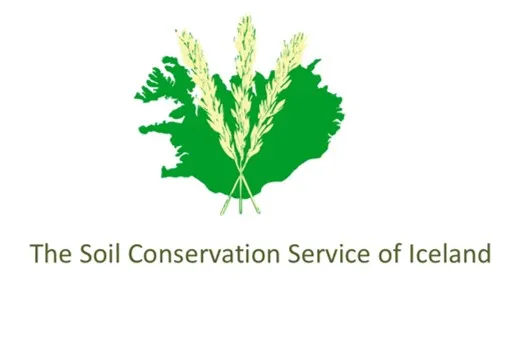

Contact
 Switzerland
Switzerland